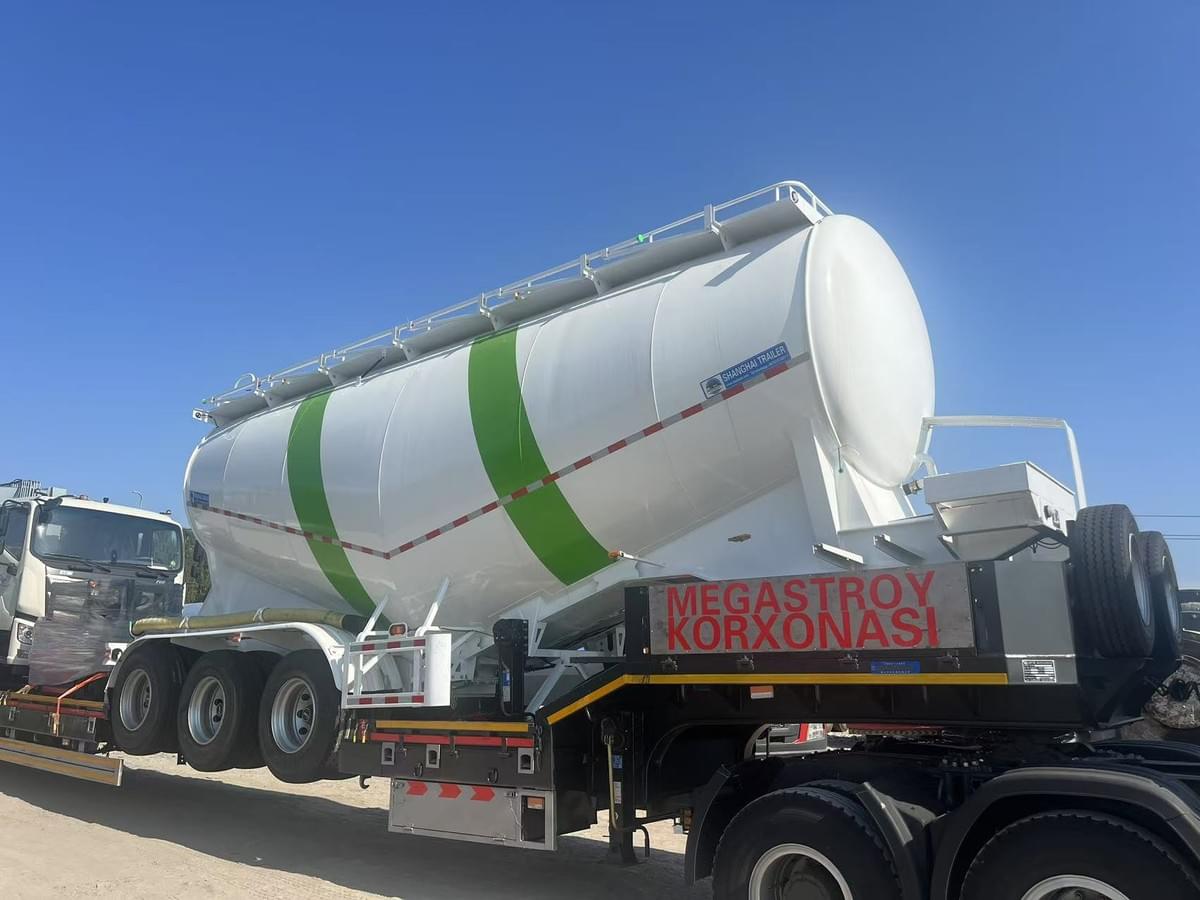Tips for checking the tightness of the tank of a cement tank trailer include the following methods:
1. Visual inspection
- Check the tank and lid: Make sure there are no obvious cracks, dents or damage to the tank and lid. These defects may affect the tightness.
- Check the seal: If the tank has a rubber seal, check for signs of wear, aging or deformation.
2. Pressure test
- Prepare a vacuum pump or air source: Use a vacuum pump or a manual vacuum pump to extract the air from the tank to create a low-pressure environment.
- Observe changes: If the tank is well sealed, the tank should maintain its shape during the vacuuming process without deformation or cracking.
- Check for leaks: During the vacuuming process, if there is air leakage at the edge or lid of the tank, this indicates a problem with the tightness.
3. Water test
- Fill with water and seal: Fill the tank with water, making sure the water covers the top of the tank, and then tighten the lid tightly.
- Invert and observe: Turn the can upside down, keep it for a while, and observe whether there is water leaking from the edge of the can or the lid.

4. Bubble test
- Prepare water and air: Fill the can with water and then tighten the lid.
- Invert and observe: Turn the can upside down and observe whether there are bubbles escaping from the edge of the can or the lid.
- Upright and observe: Turn the can upright and observe again whether there are bubbles escaping.
5. Smoke test
- Prepare smoke: Use a smoke generator or light some incense to generate smoke.
- Seal the can: Seal the can and then blow smoke into the can.
- Observe the smoke: If the smoke gathers inside the can and does not escape from the edge of the can or the lid, the can is sealed well.
6. Testing with professional equipment
- Use a tightness tester: These devices can accurately measure the pressure difference between the inside and outside of the tank to evaluate the tightness.
- Follow the operating procedures: When using these devices, be sure to follow the operating guidelines provided by the manufacturer to ensure the accuracy of the test results.
7. Regular inspection
- Perform regular tests: Perform the above tests on the tank every once in a while to ensure that its tightness is still good.
- Replace the seal ring: If the seal ring shows signs of wear or aging, replace it with a new seal ring in time.
Through the above methods, the tightness of the cement tank trailer tank can be effectively checked to ensure that it will not leak during transportation, ensuring the safety and reliability of transportation.
